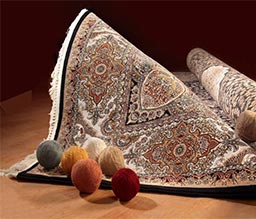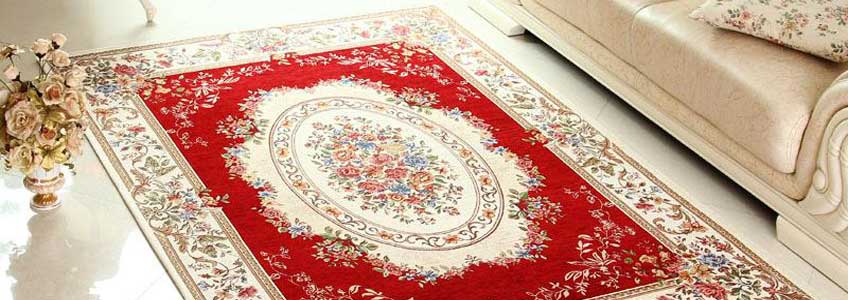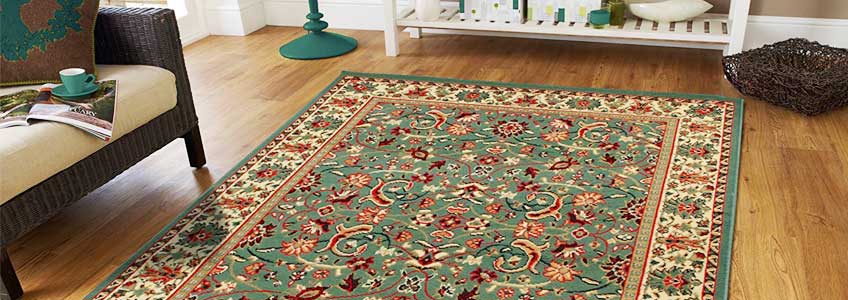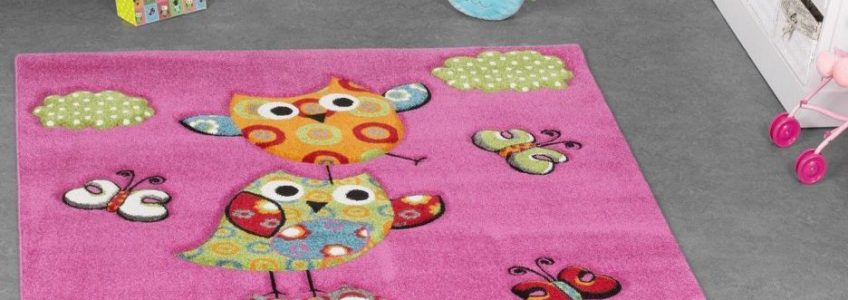مشخصات و کیفیت فرش 1200 شانه
دو نوع بافت وجود دارد.
بافت کریستال : بافت کریستال مربوط به دستگاه های قدیمی بافت است.
در این نوع بافت از دو نوع چله شل بافت و سفت استفاده می کنند که یک در میان این چله ها در پشت فرش نمایان است.
و صورت زیبایی ندارد و درصد الیاف به کار رفته نیز در این نوع بافت زیاد است.
برای جبران این موضوع برای دستگاه های جدید این امکان به وجود آمد تا با ابداع بافت دستبافت گونه این عیب رفع گردد.
بافت دستبافت گونه : در این بافت برخلاف بافت کریستال پشت فرش زیبا است و چله کشی فرش در پشت آن نمایان نیست.
دستگاه های hcp و hci این امکان بافت را دارند . علاوه بر آن که بافت فرش زیبا است درصد مصرف نخ خاب نیز کاهش می یابد.
مشخصات کیفیت فرش ۱۲۰۰ شانه
فرش ۱۲۰۰ شانه در یک متر عرضی ۱۲۰۰ گره دارد.
و در یک متر طولی که به تراکم فرش نیز معروف است تعداد ۳۶۰۰ گره دارد.
فرش ۱۲۰۰ شانه با تراکم ۳۶۰۰ شناخته می شود.
تراکم بالای فرش باعث دوام و استحکام آن می گردد این مساله باعث می گردد.
چندین سال نیاز به خرید فرش جدید نباشد و هر بار که فرش را شست و شو می دهیم.
از کیفیت آن کاسته نشود و به اصطلاح شل نشود.
وزن فرش ۱۲۰۰ شانه با کیفیت چیزی بین ۴۵ تا ۴۶ کیلو گرم است.
اما مهمترین عواملی که برکیفیت فرش ۱۲۰۰ شانه اثر گذار هستند به شرح زیر است.
شانه ، تراکم ، جنس نخ تار ، جنس نخ پود ، جنس نخ خاب ، دستگاه بافت ، وزن ، نوع بافت
شانه فرش ۱۲۰۰ شانه برای کیفیت چگونه است؟
به تراکم عرضی یک فرش شانه گفته می شود برای مثال در فرش ۱۲۰۰ شانه تعداد ۱۲۰۰ گره در یک متر عرضی آن وجود دارد.
شانه فرش هر نوع فرش ماشینی ثابت است اما ممکن است تراکم آن ثابت نباشد و بر حسب نیاز و سفارش مشتری کاهش و افزایش داشته باشد.
به طور مثال در فرش ۷۰۰ شانه ، شانه ی فرش همیشه ثابت است اما تراکم آن ممکن است بین ۲۱۰۰ تا ۲۵۵۰ متغییر باشد.
تراکم فرش ۱۲۰۰ شانه با کیفیت
تراکم فرش به یک تراکم طولی فرش گفته می شود . یعنی در فرش ۱۲۰۰ شانه ۳۶۰۰ ترکم در یک متر طولی تعداد ۳۶۰۰ گره وجود دارد.
تراکم فرش با ضخامت آن رابطه معکوس دارد در فرش ۱۲۰۰ شانه ۳۶۰۰ تراکم ضخامت فرش زیاد نیست.
اما به خاطر فشردگی زیاد و درصد مصرف الیاف بسیار با دوام است.
همینطور خاب فرش ۱۲۰۰ شانه به خاطر تراکم بالا زیاد نیست زیرا برای زیباتر بودن فرش به خاطر اینکه سایز نخ خاب آن بالا است.
و در هم پیچیده می گردد در قسمت آهار با شیرینگ از ارتفاع نخ خاب کم می کند.
جنس نخ پود در کیفیت فرش
جنس نخ پود اغلب در تمام فرش ها یکسان است . جنس نخ پود جوت یا کنف است.
جوت در کشورهای مراکش ، هند ، بنگلادش و کشورهایی نظیر آن رشد می کنند.
ارتفاع این گیاه از یک تا ۴ متر می رسد از تمام قسمت های این گیاه استفاده می گرددو از قسمت ساقه برای تولید الیاف استفاده می گردد.
الیاف جوت ضد الکتریسیته ساکنم و عایق سرما است و برای فرش بهترین گزینه است هر چند الیاف مصنوعی شبیه به آن ساخته شده است.
اما همچنان جایگاه خود را در صنعت فرش ماشینی حفظ کرده است.
جنس نخ تار
نخ تار به عنوان نخ عمودی در چله کشی فرش استفاده می گردد . جنس نخ تار پنبه یا مخلوطی از پلی استر و پنبه است.
اغلب از همین ترکیب برای نخ تار استفاده می گردد تا هم لطافت پنبه را داشته باشد.
و هم خاصیت مقاومت ایستایی پلی استر را داشته باشد و دچار پارگی نگردد.
جنس نخ خاب
اصلی ترین عامل کیفیت یک فرش جنس نخ خاب آن است زیرا ۷۰ تا ۸۰ درصد از وزن فرش را نخ خاب تشکیل می دهد.
جنس الیاف به کار رفته نقش تعیین کننده ای در کیفیت فرش می گذارد.
جنس نخ خاب ممکن است آکرلیک هیت ست ، پلی استر هیت ست ، بی سی اف یا پروپیلن باشد.
جنس نخ خاب در فرش ۱۲۰۰ شانه که مهمترین فاکتور جنس و کیفیت فرش ۱۲۰۰ شانه است ، آکرلیک هیت ست است.
آکریلیک از پلی مری به نام پلی آکریلیک به دست آمده است.
این ماده بسیار مناسب برای تهیه الیاف فرش ماشینی است.
آکریلیک را معمولا قبل از مصرف و بعذ از ریسیده شدن هیت ست می کنند.
هیت ست کردن به معنی فرآیندی است که مزایای آکریلیک را افزایش دهد و مقاومت آن را بالا ببرد.
در عمل هیت ست کردن الیاف ریسیده شده را وارد کوره هایی می کنند که بخار داغ است.
این عمل باعث می شود پرزهای اضافه نخ به تنه اصلی آن چسبیده شود و مقاومت آن را بالاتر ببرد.
نخ آکریلیک هیت ست مزایایی دارد که به اختصار آن را توضیح خواهیم داد.
برای بافت فرش ۱۲۰۰ شانه از نخ آکریلیک نمره ۳۶ و ۳۷ سه لایه استفاده می گردد.
ویژگی نخ آکریلیک در فرش ۱۲۰۰ شانه برای کیفیت
۱ – فرش ۱۲۰۰ شانه بافته شده با نخ آکریلیک دارای زیر دست بسیار نرم و لطیف است و حالت دانه دانه دارد.
۲- فرش ۱۲۰۰ شانه بافته شده با نخ آکریلیک قابل شست و شو با شوینده های قوی است
زیرا دارای ثبات رنگی است و بر اثر شست وشو دچار تغییر رنگ و حالت نمی شود و به اصطلاح شل نمی شود.
۳- فرش ۱۲۰۰ شانه بافته شده با نخ آکریلیک ضد آلرژی و بدون پرز است
و برعکس فرش های قدیمی دائم مجبور به جارو زدن آن نخواهید بود.
۴ – فرش ۱۲۰۰ شانه بافته شده با نخ آکریلیک به خاطر فشردگی و تراکم الیاف غیر قابل نفوذ گرد و غبار و آلو دگی ها است .
دستگاه بافت فرش ۱۲۰۰ شانه
فرش ۱۲۰۰ شانه با دستگاه Hci تولید می گردد.
این دستگاه یکی از جدیدترین تولیدات کمپانی واندوویل است . مزیت این دستگاه این است.
که سرعت بافت در آن بالا است و به همین خاطر نخ خاب استفاده شده برای این دستگاه باید بسیار مقاوم باشد.
تا در حین بافت پاره نشود . خوبی این دستگاه ها این است که قادر به بافت فرش با نخ غیر مرغوب نیستند.
وزن فرش ۱۲۰۰ شانه
وزن فرش ۱۲۰۰ شانه ی با کیفیت چیزی بین ۴۵ تا ۴۶ کیلو گرم است.
وزن فرش با تراکم رابطه مستقیم دارد هرچه تراکم فرش بالاتر باشد وزن فرش نیز بالاتر است.
نوع بافت فرش ۱۲۰۰ شانه
فرش ۱۲۰۰ شانه دارای بافت دستبافت گونه است یعنی پشت فرش نمای زیبایی دارد.
و چله کشی آن پیدا نیست و پشت فرش ماشینی ۱۲۰۰ شانه مانند فرش دستبافت است
که گره های آن دانه دانه مشخص است.















